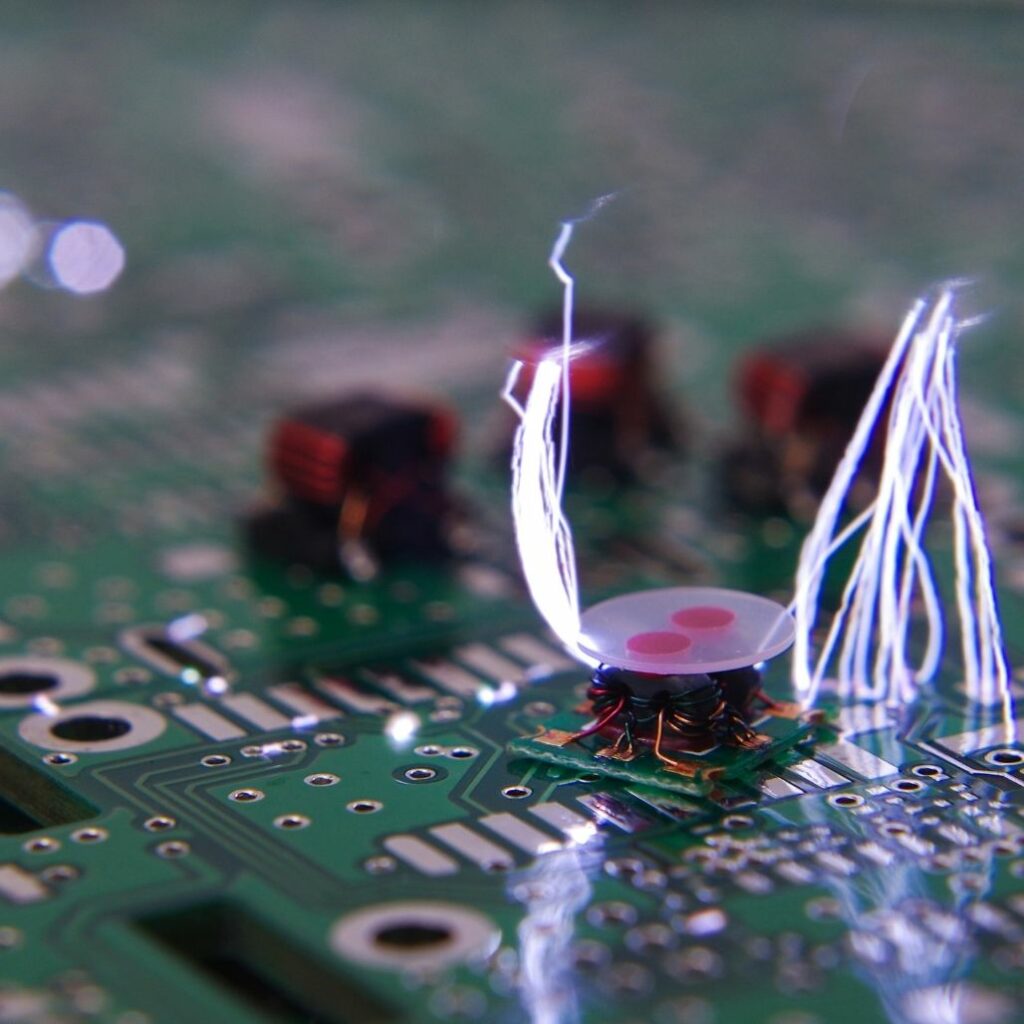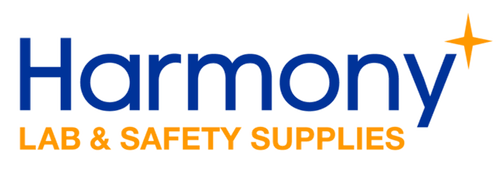Are you safe from electrostatic discharge (ESD)?

Electrostatic discharge (ESD) is an abrupt electrical flow between two electrically charged objects caused by contact between the objects. Lightning exemplifies the concept of ESD. On a smaller scale, the human body can carry a charge and cause ESD when touching another charged thing.
ESD-safe supplies help ensure your environment is safe from electrostatic discharges (ESD) as much as possible. Tiny bursts from static electricity can cause irreparable damage to sensitive components and electronics.
Even tables can carry a charge, causing contaminants to stick to them. Besides airborne particles attaching to surfaces, ESD from humans can damage electronics and semiconductors and cause electrical failure.
ESD Safe products are designed to be non-conductive or “cage” and dissipate harmful electrostatic discharges. Workers wear ESD-safe gloves or other grounding devices to prevent damage in a manufacturing or lab setting.
Why do you need Static Protection?
With uncontrolled electrical flows, materials can be subject to damage. In an instant, quick bursts of lightning, invisible to the human eye, affect electrical components such as processors.
With static dissipative material, instead of a quick burst of lightning, fixed control products allow the electric charge to dissipate slowly without damage to electronics.
What do static control products do?
Static control supplies do three things:
- Prevent static generation
Dissipate or Shield electrostatic charges
Protects material from particulate contamination
We only notice ESD greater than 3500 volts; however, an ESD of as little as 20 can cause electronic damage.
Electronics that have undergone an electrostatic discharge onto them may experience equipment failure months later.
Therefore, ESD Gloves are needed for employees that interact with delicate equipment susceptible to damage from ESD and skin contaminants to manufacture the highest quality products.
Is Nitrile the best ESD material?
Nitrile is the industry standard for ESD gloves. Found in Biotech, Electronic, and Pharmaceutical manufacturing, nitrile gloves are the industry workhorse.
The material is naturally anti-static, puncture-resistant, chemical-resistant, and durable, making Nitrile the best choice for cleanroom applications. And researchers find cleanroom nitrile gloves to be 17% more comfortable than latex because of their properties that mold well to an individual’s hand.
It is best to choose Nitrile as it provides the best barrier protection against cuts and chemicals. However, Nitrile is incompatible with aromatic solvents and ketones commonly found in paints and adhesives.
Is Nylon ESD Safe?
Nylon is used frequently in electronic manufacturing and handling because of nylon’s dexterity. Nylon is not suitable for cleanroom environments “due to their very high non-volatile residue values”.1
A Higher NVR value correlates to a lower surface resistance, which decreases ESD strength in high-humidity environments. Generally coated with a polyurethane coat, the material reduces static while increasing grip.
Workers won’t have to worry about their gloves sticking to any material. The polyurethane coat provides additional puncture resistance and prevents the glove from shedding its material in high-volume applications. Additionally, nylon gloves are compatible with all touchscreen devices.
The polyurethane coating maximizes precision and dexterity by retaining touch sensitivity and by increasing grip without feeling “sticky.”
Is Latex ESD Safe?
No! Normal Latex gloves generate static, so cleanroom environments need material included with an anti-static additive. With an additive, esd safe latex finger cots will prevent static discharge. 5000 Volts become 0 volts in .01 seconds with Suzuki finger cots.
When working with delicate electronic components susceptible to damage from human contamination, ESD gloves are necessary.
However, other static control procedures and devices will provide protection beyond a single employee’s hands. To minimize static electricity and damaging particulates, there are static control products to fully ground employees entering sensitive environments.
When working with sensitive equipment, ESD swabs protect from static damage. No matter your environment, ESD is controllable, and wear is easy to minimize with the proper products.
